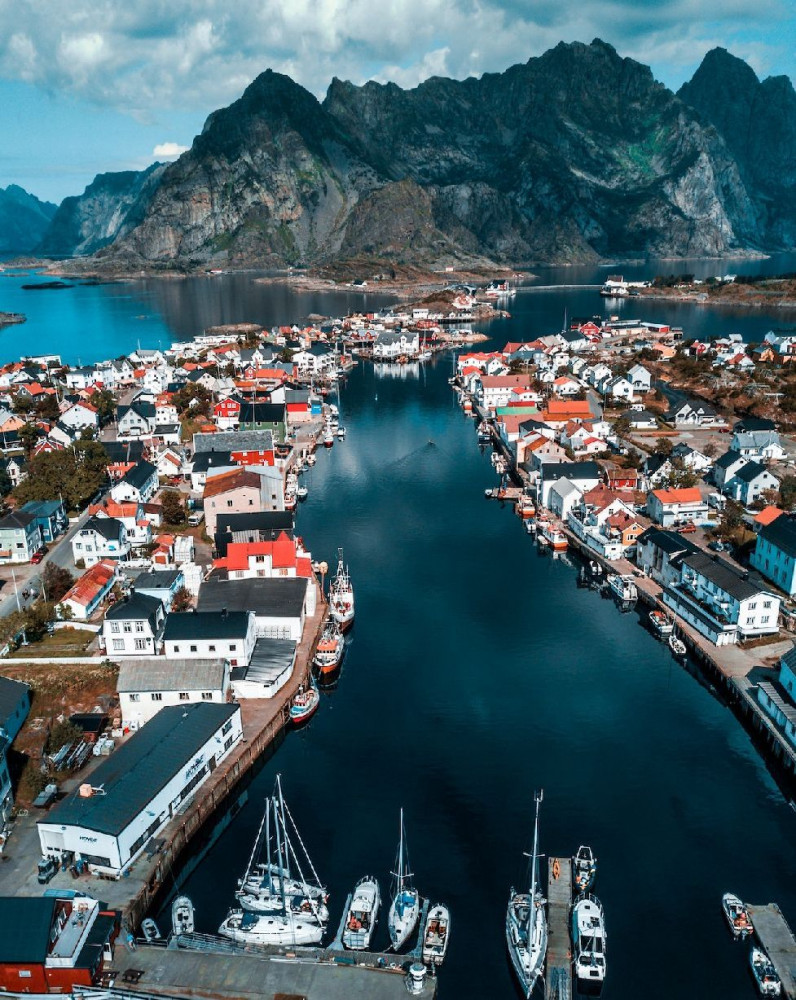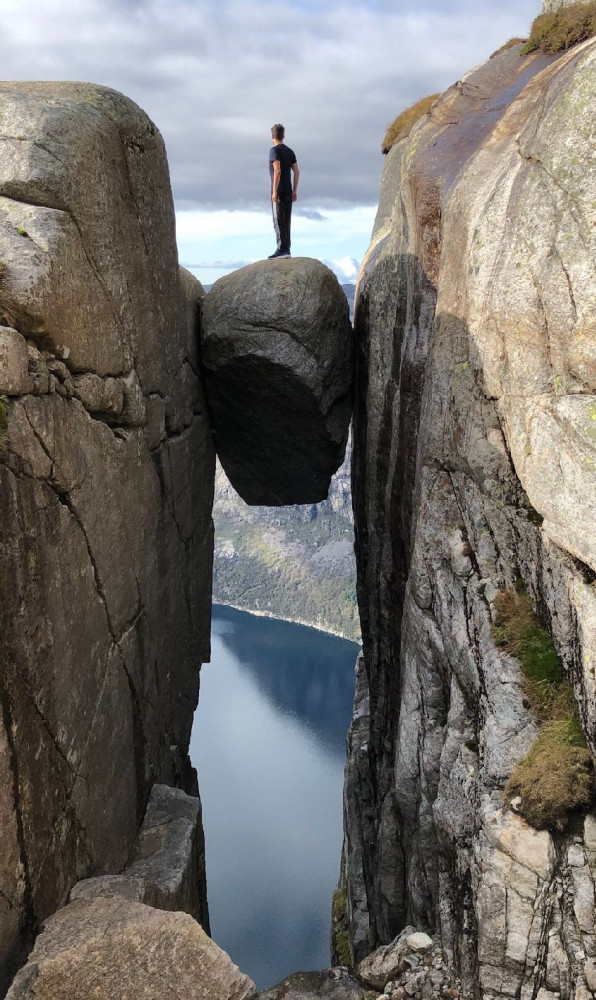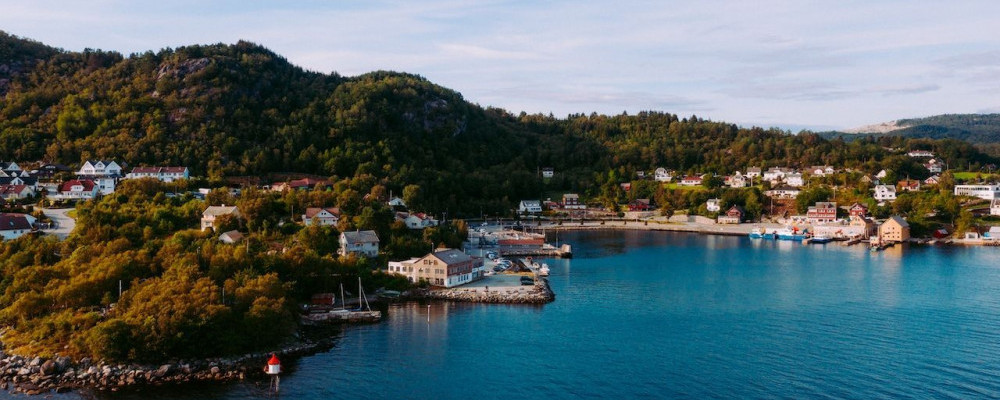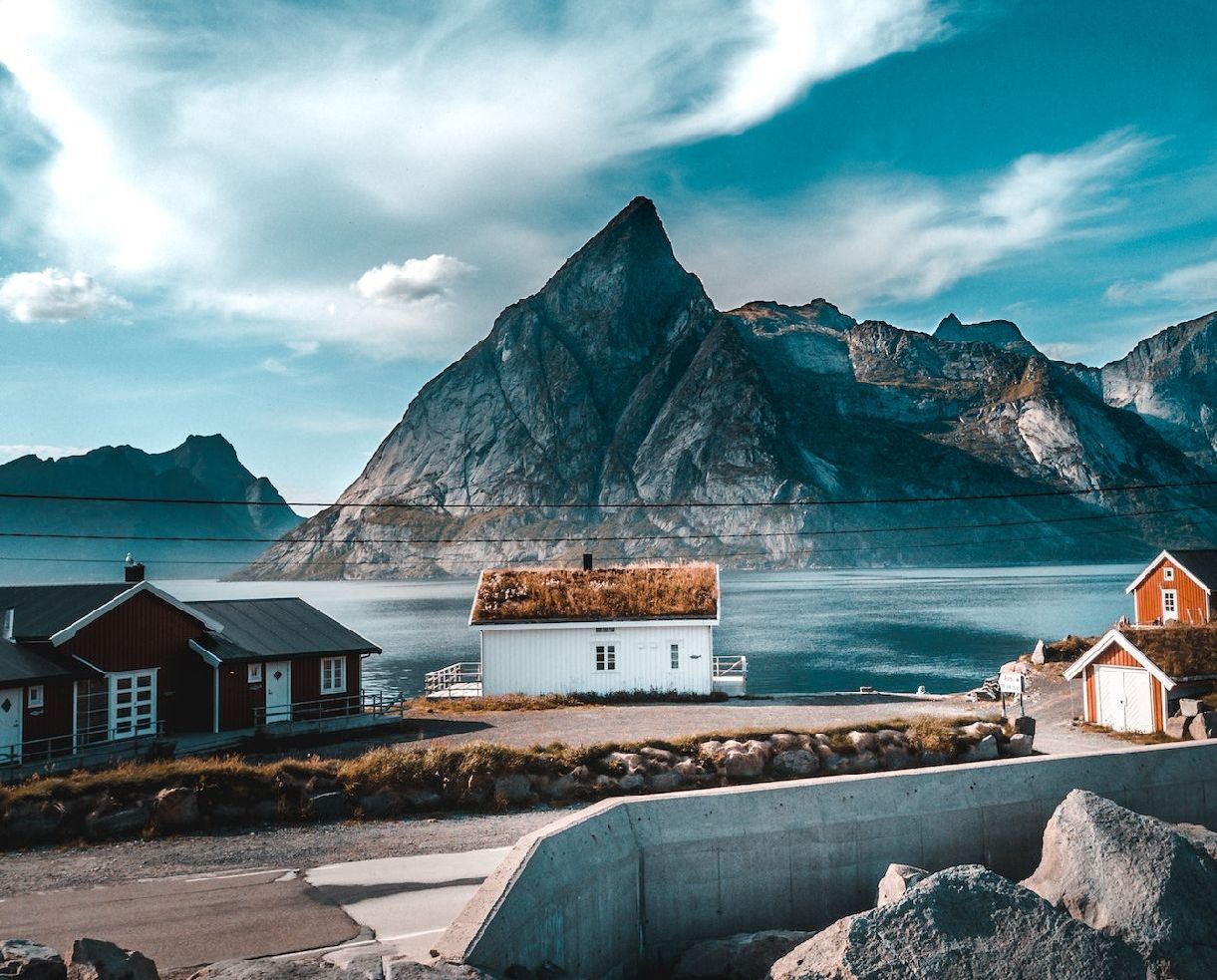Where is Stavanger Norway? It is located in the southwestern part of the country on the Stavanger Peninsula. It is the fourth largest city in the country and was founded in 1125 AD.
Its large number of 18th and 19th-century wooden houses comprise the central core of the city and are considered a main part of its cultural heritage. This has greatly contributed to its small-town character.
Some History on Stavanger
There are traces of settlement in the area as far back as the last ice age approximately 10,000 years ago. Stavanger was known as a church administration center and an integral market town along the southwest coast of Norway between 1100 and 1300 AD.
The Stavanger Cathedral was constructed in 1125 AD and that is when the city considers it originated. After the Protestant Revolution in 1536, the city lost its role as a main religious center.
In the 19th century, herring fisheries propelled the economy of the area.
On January 1, 1838, Stavanger became a municipality. Over the next several years the city annexed several of the nearby areas.
The city has had a history of many booms and recessions. For many years fish canning, shipping, and shipbuilding were its main industries. Then in 1969, oil was discovered in the North Sea and the city became the on-shore center for this newly discovered industry. Rapid growth followed.
Where Is Stavanger Norway? Some Interesting Facts
- it is one of the oldest cities in Norway
- the population is approximately 132,102
- One US Dollar equals 10.5 Norwegian Krone
- the surrounding area is a beautiful natural setting
- there are many cafes, galleries, and small shops
- in July it is the host of Gladmat which is one of the best-known food festivals in all of Scandinavia. This area is considered Norway’s complement to the French food region of Lyon.
- MaiJazz, the Stavanger International Jazz Festival, takes place in May
- in August colorful street art abounds throughout the city during the International Music Festival
- historical ruins dating back to the Iron Age can be found throughout the area
- there are many small islands off the coast
- the area also has five lakes and three fjords
- hiking and boating around the fjords provide many spectacular views
- Lysefjord is a great place to experience nature and the beauty of the area
- there is a ferry from Stavanger to the Faroe Islands
- because of a strong maritime influence, the temperature is much milder than in other parts of Norway. Temperatures are usually above freezing in the winter.
- Stavanger Airport (Sola) is located in Rogaland County in the municipality of Sola. It’s about 14 minutes from the city center. There is also rail and bus service in the area.
- there are several parks in the city and surrounding area
- the University of Stavanger opened in 2004 is the fifth university established in the country
- there are several museums with both local and national collections
- South West Film Forum was set up in 1992 to support local film workers in the Rogaland region
- the city was named European Capital of Culture in 2008 and the best business region for the 4th consecutive year in 2007
- the city hosted the Cutty Sark Tall Ships race in 1997 and 2004
- Soccer is the country’s main sport, Handball, beach volleyball, ice skating, and skiing are also very popular.
Things to Do in Stavanger Norway
* The Oil Museum — the discovery of oil transformed this farming and fishing town into an international hub for the oil industry, while the city still maintained its old-time charm. Known as the Norwegian Petroleum Museum, it is located right in the middle of town and provides plenty of information on how Norway became one of the wealthiest countries in the world.
* Visit Old Town (Gamie Stavanger) — here you will experience more of the old traditions with its 173 wooden buildings and little alleyways. There are many arts and crafts shops as well as the Norwegian Printing and Canning Museum (IDDIS).
* The Ryfylke Scenic Route — 45 minutes outside Stavanger in Oanes is the beginning of the mountainous route with a rocky and jagged landscape as well as rolling hills surrounding the small farms. Hoiland Gard is a farm where you can spend a night in a glamping tent (tent with amenities) and be a short walk to the Fairytale Forest (Eventyrskogen).
* Hiking — in addition to Pulpit Rock which is considered one of the best hikes in all of Norway, Dalsnuten is a much less demanding hike while providing excellent viewing of Stavanger and the surrounding area. For the very adventurous, Kjeragbolten is an even more challenging experience than Pulpit Rock. Although standing on a boulder suspended between two of the highest peaks in Ryfylike is not for the faint of heart. This is not the ideal experience if you have any fear of heights at all. The hike takes about 10 hours both ways and is best experienced with a guide.
demanding hike while providing excellent viewing of Stavanger and the surrounding area. For the very adventurous, Kjeragbolten is an even more challenging experience than Pulpit Rock. Although standing on a boulder suspended between two of the highest peaks in Ryfylike is not for the faint of heart. This is not the ideal experience if you have any fear of heights at all. The hike takes about 10 hours both ways and is best experienced with a guide.
* The Beaches — the rolling sand dunes of Jaeren overlook the turquoise-blue water. Other beaches include Orrestraden and Sola Beach.
* Kayaking — this is a great outdoor adventure that allows you to experience Lysefjord and take in the breathtaking scenery.
* Other Museums — In addition to the Oil Museum and Printing and Canning Museum, there is the Stavanger Museum founded in 1877, the Museum of Archaeology, the largest museum in the city, the Rogaland Art Museum, the Vestlandske School Museum, and the Norwegian Telecom Museum.
* Cuisine — the food in Norther Norway is comprised of reindeer, sheep, goat, elk, and plenty of seafood such as herring, red bream, Atlantic halibut, coley, and cod. There are a variety of restaurants and cafes as well as a micro-brewery (Lervig Local).
* Walking Tour — wander around downtown, meet the locals, learn about the history of the area, visit the local shops and cafes, and take in the beauty of the area. You can also book a formal tour if you want to have a guide. Fargegaten or the “color street” is just up the hill from the downtown harbor, and has plenty of bars and cafes to check out. Each building on the street is painted a different color.
* Winter Sports — there is plenty to do in the winter including skiing, ice-skating, curling, ice fishing, dog sledding, and snowshoeing.
* The Surrounding Area — there is much to see outside the city including Lysefjord. Take a cruise from Stavanger which takes you through the fjord and enjoy the scenery with caves, waterfalls, and wildlife such as eagles and seals. You can also get a glimpse of the famous Pulpit Rock which provides fantastic views of the area. Sverd i fjell is approximately 10 minutes from downtown. It’s a monument built in the 1980s to symbolize the unification of Norway. Twenty minutes from Stavanger by boat is Flor & Fjaere, a palm island filled with color and a wonderful botanical garden. You’ll find over 50,000 flowers planted each spring with a restaurant in the greenhouse. It is open from May through September. In the small town of Randaberg, you will discover Tungenes fyr, a lighthouse overlooking the North Sea Jaeren coast. As of 1980, it no longer operates but has become a museum with a cafe inside.
Where Is Stavanger Norway and Why Should I Visit?
Such a wonderful place to visit for many reasons. Known for its culture, closeness to nature, food, history, and street art, Stavanger is a very welcoming place to be.
Its cozy atmosphere, historic Old Town, many museums, and stunning landscapes make this a most desirable area to visit.
Although May to September is ideal for the weather and many activities, the winter months also have their charm and much to do as well.
Most Norwegians speak English, especially in commercial areas.
There are plenty of places to stay in the area. It’s good to plan well in advance as the city’s hotels book up pretty quickly. The Hotel Victoria, built in 1900, has a lot of charm and elegance including a daily afternoon tea. It is in the heart of the city in the harbor district.
To save money stay in the neighboring town of Sandnes. It’s about a 30-minute bus ride to Stavanger. Smarthotel Forus is a good option as it is Norway’s only street art hotel with art both inside and outside the hotel. Parking is free.
This is a most beautiful part of the world and I would suggest giving it some consideration as a possible destination in your travel plans.
Happy travels,
Joseph William
P.S. Trave and Earn with an Online Business. CLICK HERE for the details.



If a person is wanting to experience a historical town, this is the place. There are so many opportunities to learn about the culture and people by staying in this historical town. I was blown away by the photography of the area. This area seems to have a long history of leading the surrounding countryside with the different innovations they have made throughout their history. I hope to be able to visit one day.
Jerry
Thanks so much, Jerry. I appreciate your comments. This is very much a very special part of the world.